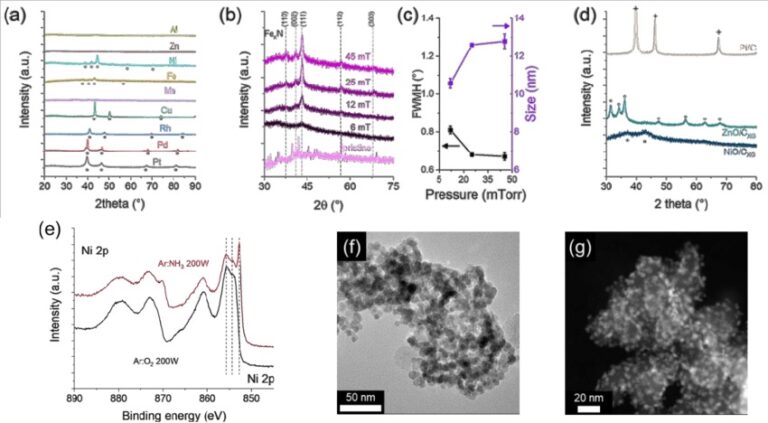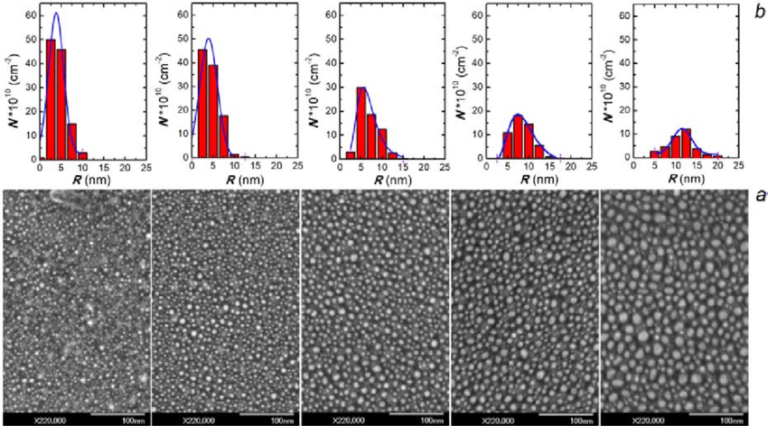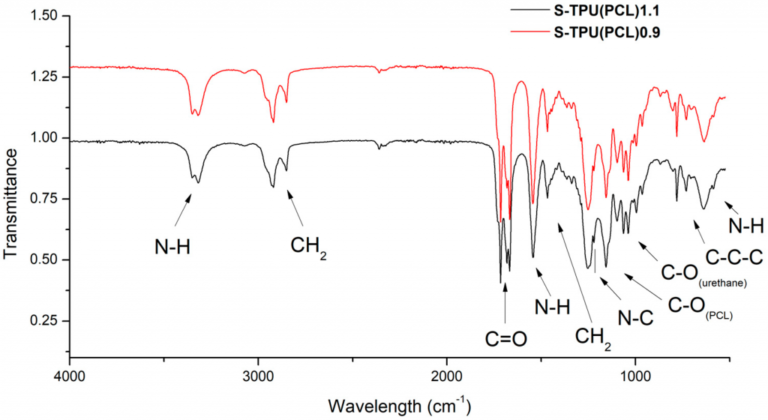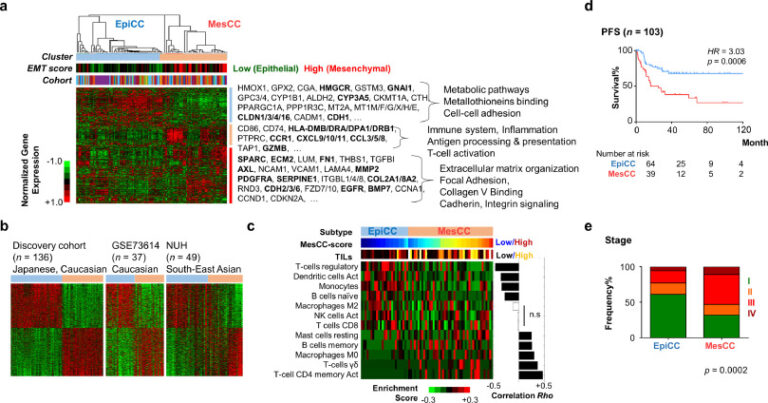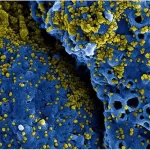There are several methods to determine if chitosan nanoparticles are fully formed, and the choice of method depends on the specific nanoparticle synthesis and application.
One commonly used method is dynamic light scattering (DLS), which measures the size distribution of nanoparticles in solution. Fully formed nanoparticles should have a relatively narrow size distribution with a consistent average particle size.
Another method is zeta potential analysis, which measures the electrostatic charge on the surface of nanoparticles in solution. Chitosan nanoparticles typically have a positive charge due to the amino groups on the chitosan molecule, and a high zeta potential can indicate a well-formed nanoparticle.
Transmission electron microscopy (TEM) can also be used to directly visualize the morphology and size of chitosan nanoparticles. Fully formed nanoparticles should have a uniform shape and size.
Finally, the stability of chitosan nanoparticles in solution can be an indication of their formation. If the nanoparticles remain stable and do not aggregate over time, it suggests that they are fully formed and well-dispersed.
It is important to note that the specific parameters and conditions of nanoparticle synthesis can affect the characteristics of the resulting nanoparticles, so it is crucial to optimize the synthesis method and characterization techniques to ensure the formation of fully formed chitosan nanoparticles.
